
Directional diffusers are used extensively for cooling, heating and ventilation. They channel the designed amount of conditioned air into the areas where it is needed. They are available, both square and rectangular, with a choice of one, two, three and four-way flow including corner patterns, allowing the flexibility to reconfigure the space which is being provided with the conditioned air.
However, there are key criteria that govern the efficiency of diffusers in distributing air evenly in a given space, to ensure the comfort and well-being of occupants of the air-conditioned space.
Diffusers are selected based on the performance data presented in catalogues. In cooling systems, for instance, which are widely used throughout the region, the selection of the right diffuser depends on data being based on tests conducted in accordance with accepted standards for cooling. The key factors that are taken into consideration when designing diffusers are::
|
Table 1 |
Most designers take it for granted, that if the required air quantity is delivered into the pre-determined space to meet the NC, their design goal will be achieved.
Comfortable air-conditioning in this part of the world requires a minimum of about 2 cfm/sq ft as a general rule to satisfy the requirement. Table 2 outlines the performance data of some of sample diffusers that are available on the market. As can be seen, none of them meets this requirement, even though the air quantity and noise level in most cases are within accepted parameters.
|
Table 2 |
The most important fact is they don't meet the cfm/sq ft criteria.
Therefore, selecting the above products will merely ensure that air quantity requirements are met.
It should be noted that the same can be achieved without a diffuser as well.
The sole purpose of the diffuser is to ensure proper and uniform air distribution. This can be easily done by using products of reputed manufacturers whose data are based on actual tests conducted for the operation of cooling systems, whose temperature differentials - that is, the temperature difference between the supplied air and the room - are anywhere between 15 deg F and 25 deg F. The ideal diffusers will offer the performance outlined in Table 3.
|
Table 3 |
Diffusers should correctly distribute adequate conditioned air throughout the given space, to maintain proper comfort conditions. To achieve this, the velocity and temperature differential in the occupied zone should be rapidly reduced, efficiently eliminating the prime causes of drafts and discomfort. The sample data of some of the reputed products illustrate that they will ensure proper air distribution, maintaining the recommended room velocities of 50 to 20 FPM and at the same time meeting the temperature conditions/noise levels.
When diffusers are selected to operate at or near the maximum throw, the number of air changes per hour is a minimum and when selected to operate at the minimum throw, the number of air changes per hour are at a maximum. Yet the movement of air in the occupied zone is within accepted limits without stagnation or stuffiness. The level of comfort is determined by the efficiency of exchange of air in the occupied zone.
Turning to noise control, volume control dampers are recommended to be installed in a remote location about 5 ft away from the diffusers. If located any closer the decibels to be added to the catalogue ratings are as in Table 4. This clearly shows the advantage of locating dampers away from the diffusers.
|
Table 4 |
Fire or water spurting out of a nozzle, can be seen and therefore evasive action would be taken immediately, if one is in danger. However, this is not the case with air - whether cold, warm or hot - as it cannot be seen and therefore it is taken for granted that all is well as long as it flows. Poor distribution causes health problems, such as the sick building syndrome (SBS) that is now being increasingly acknowledged worldwide.
This problem goes unnoticed till it is too late. Now is the time to get to the root of the problem of the poorly-designed systems, using directional diffusers and nip it in the bud.









.jpg)

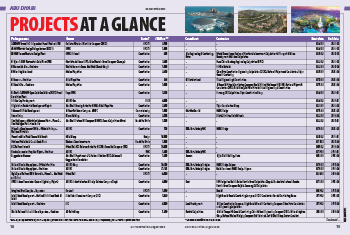



.jpg)






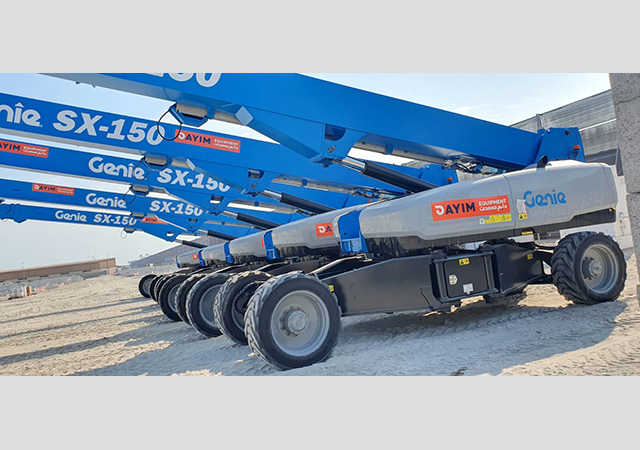
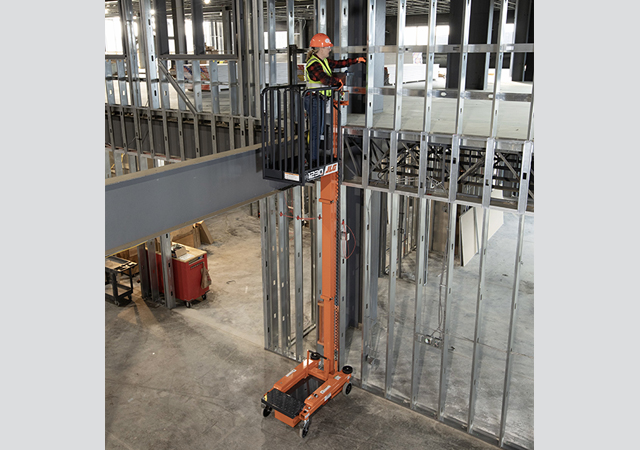



Doka (2).jpg)
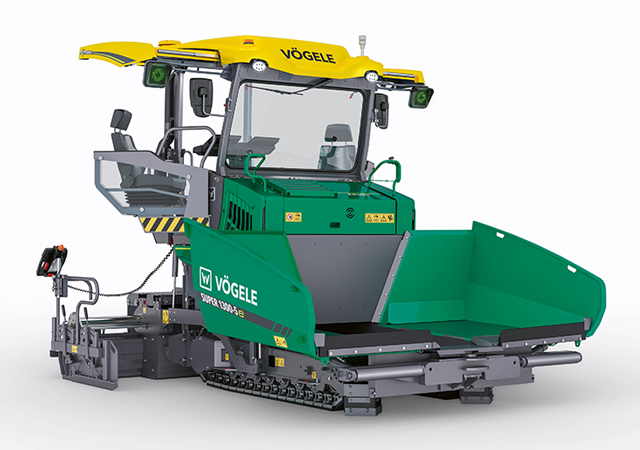


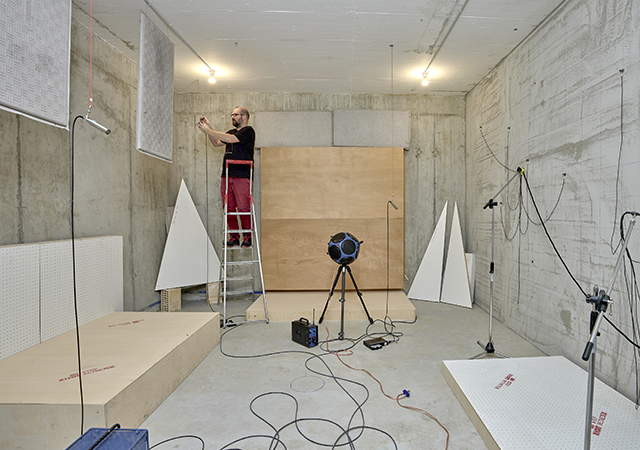




































.jpg)
.jpg)

.jpg)




